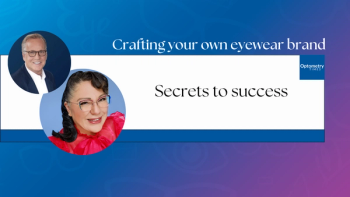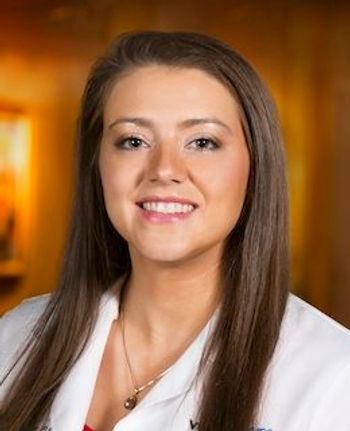
The changing dry eye dynamic
To understand how far we have come, you must remember where we started.
Early in my optometric career I concentrated on anterior segment ocular disease. The one disease process where I have seen the most progress in research, diagnosis, and treatment is ocular surface disease.
To understand how far we have come, you must remember where we started. After graduation in residence with an ophthalmologist in my home town, I learned his method of treating dry eye, which went something like this:
“Mrs. Smith, you have dry eyes. Out front, where you check out, there is a large wicker basket containing artificial tears. Grab a few different ones and see if any provides you relief.” It was a large wicker basket.
Previously from Dr. Bowling:
So, I flew by the seat of my pants for years until the Dysfunctional Tear Syndrome Study Group1 followed closely by DEWS I2 provided guidance and structure to my dry eye thinking.
Now here we are a decade after DEWS I, and there has been an explosion in dry eye research, all categorized and succinctly discussed in DEWS II.3 We have diagnostic equipment at our disposal and therapeutic options that provide our patients relief.
Yet has this proliferation of dry eye knowledge translated to the exam lane? One of the questions posed to the Dysfunctional Tear Syndrome study group was: What tests do you utilize to diagnose dry eye? Their top four tests in 2006:1 Fluorescein staining, tear break-up time, Schirmer test, and rose bengal staining.
A recent poster at ARVO highlighted a study of 101 ophthalmologists, 43 of which were fellowship-trained corneal specialists, which posed a similar question: What tests do you use to diagnose dry eye? Their top three most common “traditional” tests were fluorescein staining (89 percent), tear break-up time (78 percent), and Schirmer’s test (51 percent). Their top three most common “newer” tests were osmolarity testing (23 percent), MMP-9 testing (17 percent), and LipiView (13 percent).4
Related:
I find it interesting that after a decade of research and interest in dry eye education, the tools used by the clinical elite have not essentially changed.
I consider it telling that any of us can use most of the same tests the specialists employ to diagnose dry eye. These newer devices and tests deliver objective information which enables me to have a higher confidence in my dry eye diagnosis and information I can share with my patients to help them “buy in” to their treatment decisions. I’m no longer flying by the seat of my pants, and when it comes to caring for patients that is a great comfort. And I don’t have to employ a wicker basket.
References
1. Behrens A, Doyle JJ, Stern L, Chuck RS, McDonnell PJ, Azar DT, Dua HS, Hom M, Karpecki PM, Laibson PR, Lemp MA, Meisler DM, Del Castillo JM, O'Brien TP, Pflugfelder SC, Rolando M, Schein OD, Seitz B, Tseng SC, van Setten G, Wilson SE, Yiu SC; Dysfunctional tear syndrome study group. Dysfunctional Tear Syndrome: A Delphi Approach to Treatment Recommendations. Cornea. 2006 Sep;25(8):900-7.
2. The definition and classification of dry eye disease: report of the Definition and Classification Subcommittee of the International Dry Eye WorkShop (2007). Ocul Surf. 2007 Apr;5(2):75-92.
3. Nelson JD, Craig JP, Akpek EK, Azar DT, et al. TFOS DEWS II Introduction. Ocul Surf. 2017 Jul;15(3):269-275.
4. Fernandez K, Ying G-S, Massaro-Giordano G, et al. A Survey of Dry Eye Practice Patterns. Poster presented at Association for Research in Vision & Ophthalmology annual meeting, May 7-11, 2017, Baltimore, MD.
Newsletter
Want more insights like this? Subscribe to Optometry Times and get clinical pearls and practice tips delivered straight to your inbox.


















































.png)


